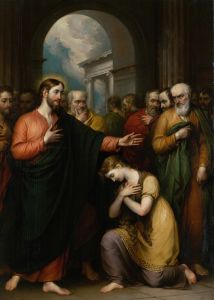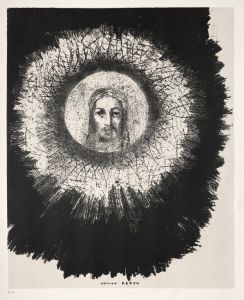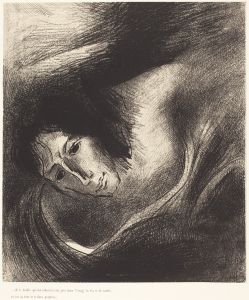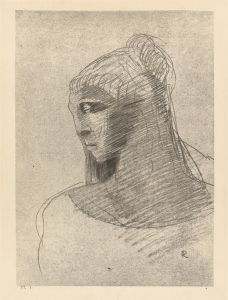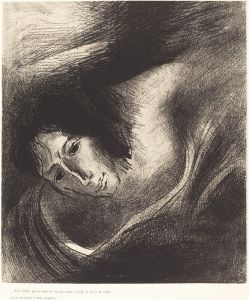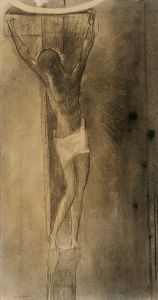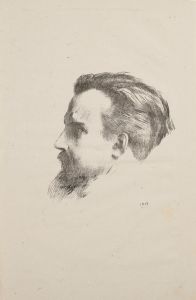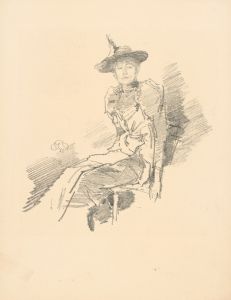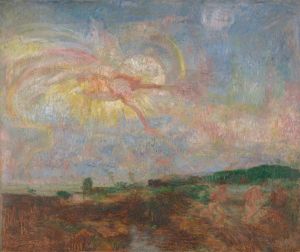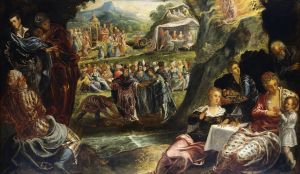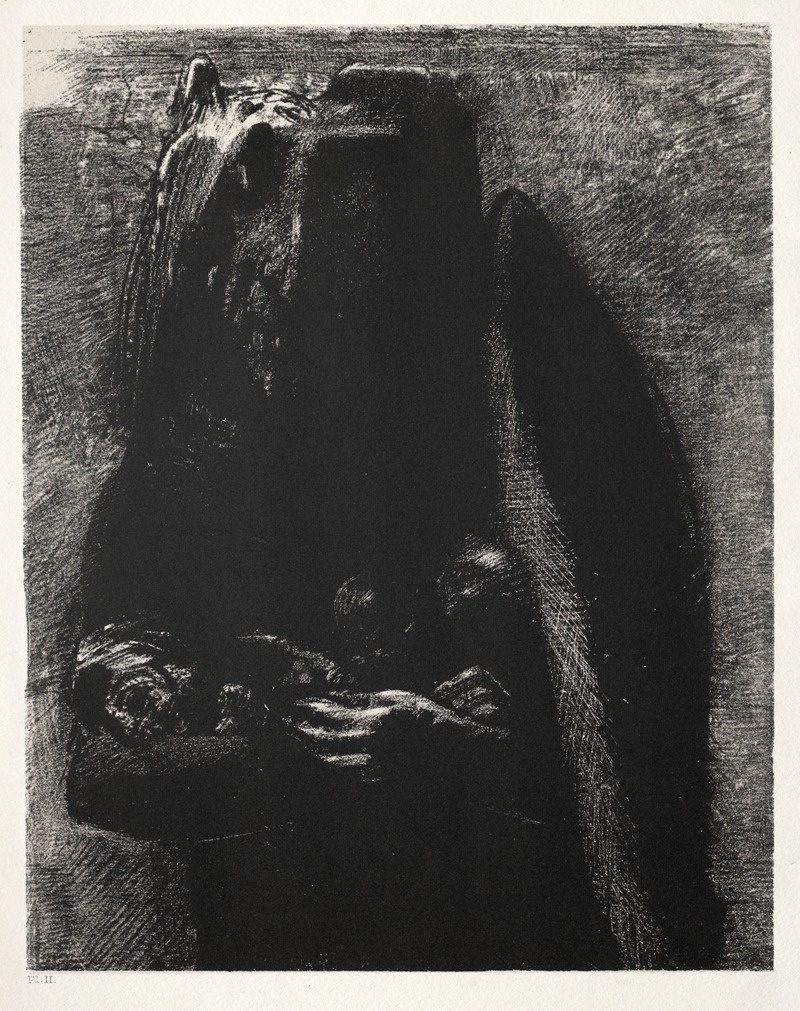
It Is the Devil, Bearing Beneath His Two Wings the Seven Deadly Sins
A hand-painted replica of Odilon Redon’s masterpiece It Is the Devil, Bearing Beneath His Two Wings the Seven Deadly Sins, meticulously crafted by professional artists to capture the true essence of the original. Each piece is created with museum-quality canvas and rare mineral pigments, carefully painted by experienced artists with delicate brushstrokes and rich, layered colors to perfectly recreate the texture of the original artwork. Unlike machine-printed reproductions, this hand-painted version brings the painting to life, infused with the artist’s emotions and skill in every stroke. Whether for personal collection or home decoration, it instantly elevates the artistic atmosphere of any space.
Odilon Redon was a French symbolist artist known for his unique and imaginative works that often explored themes of fantasy, dreams, and the subconscious. One of his notable works is "It Is the Devil, Bearing Beneath His Two Wings the Seven Deadly Sins." This piece exemplifies Redon's fascination with the mystical and the macabre, as well as his ability to convey complex themes through his art.
Redon was born on April 20, 1840, in Bordeaux, France. He initially studied architecture but later turned to painting and drawing, influenced by his mentor, Jean-Léon Gérôme, and the Barbizon School. Redon's early works were primarily charcoal drawings and lithographs, often referred to as his "noirs," which depicted dark, fantastical scenes. These early pieces laid the groundwork for his later, more colorful works.
"It Is the Devil, Bearing Beneath His Two Wings the Seven Deadly Sins" is a part of Redon's exploration of religious and mythological themes. The painting features a central figure, the Devil, who is depicted with two large wings. Beneath these wings, the Seven Deadly Sins are personified, each representing one of the traditional vices: pride, greed, lust, envy, gluttony, wrath, and sloth. Redon's interpretation of these sins is not literal but rather symbolic, allowing viewers to engage with the piece on a more introspective level.
The use of color and form in this work is characteristic of Redon's later style, where he moved away from the monochromatic tones of his earlier "noirs" to embrace a more vibrant palette. This transition was influenced by his interest in Impressionism and Japanese art, which encouraged a more expressive use of color and composition. Redon's ability to blend these influences with his symbolist tendencies resulted in a unique and evocative style that set him apart from his contemporaries.
Redon's work often delved into the human psyche, exploring themes of existentialism and the duality of good and evil. In "It Is the Devil, Bearing Beneath His Two Wings the Seven Deadly Sins," he invites viewers to reflect on the nature of sin and morality. The Devil, a recurring figure in Redon's oeuvre, serves as a symbol of temptation and the darker aspects of human nature. By juxtaposing the Devil with the Seven Deadly Sins, Redon creates a narrative that encourages contemplation of one's own virtues and vices.
Throughout his career, Redon was associated with the Symbolist movement, which sought to express the ineffable and the mysterious through art. His works often featured dreamlike imagery and fantastical creatures, drawing inspiration from literature, mythology, and his own imagination. Redon's ability to convey complex emotions and ideas through his art has cemented his place as a significant figure in the history of modern art.
Odilon Redon passed away on July 6, 1916, in Paris, leaving behind a rich legacy of works that continue to inspire and captivate audiences. "It Is the Devil, Bearing Beneath His Two Wings the Seven Deadly Sins" remains a testament to his skill as an artist and his deep engagement with the philosophical and spiritual questions of his time.





